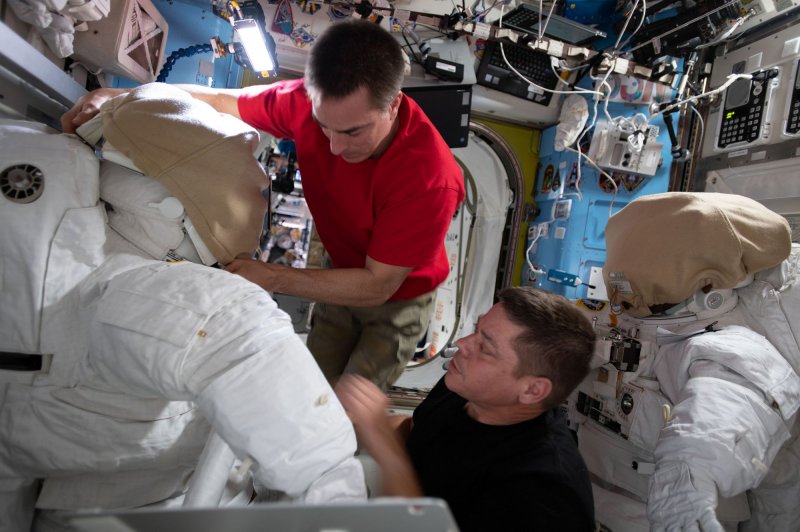July 16 (UPI) -- NASA's latest spacewalk at the International Space Station concluded on Thursday with two astronauts replacing more aging batteries.
Bob Behnken and Chris Cassidy spent six hours in space during the 230th spacewalk at the orbiting laboratory.
















